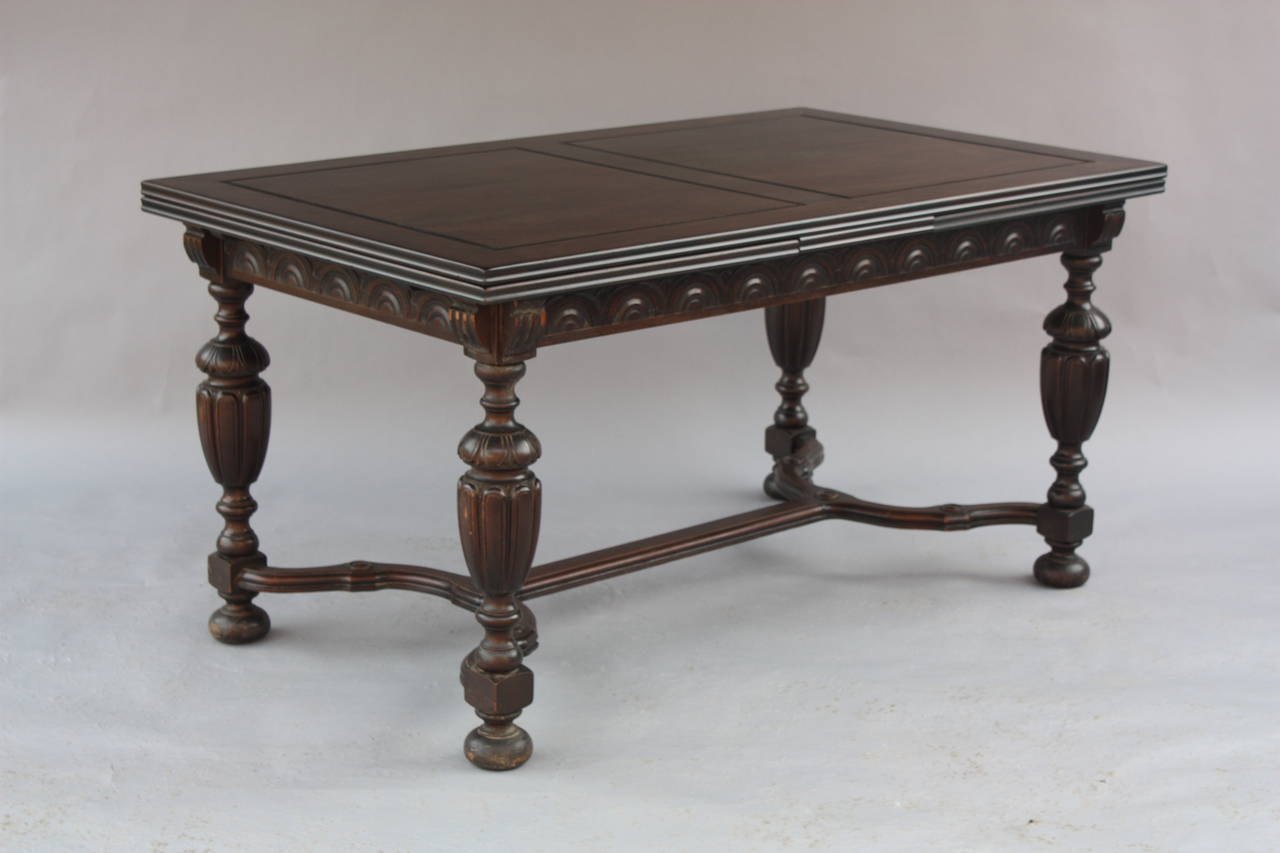This Wallpaper is ranked 16 by BING for keyword Antique Dining Room Furniture 1920, You will find this result at BING.
IMAGE Deep Information FOR 1920’s Antique Dining Room Set antique appraisal InstAppraisal's Wallpaper| TITLE: | 1920’s Antique Dining Room Set antique appraisal InstAppraisal |
| IMAGE URL: | http://d5m5yim0wevx1.cloudfront.net/s3fs-public/appraisal_images/DSC05539.gif |
| THUMBNAIL: | https://tse2.mm.bing.net/th?id=OIP._9DPqAjM2_KqVv-fpac5kgEsDs&pid=Api&w=228&h=181 |
| IMAGE SIZE: | 1163548 B Bs |
| IMAGE WIDTH: | 1500 |
| IMAGE HEIGHT: | 1181 |
| DOCUMENT ID: | OIP._9DPqAjM2_KqVv-fpac5kgEsDs |
| MEDIA ID: | 753BDEFE858A8BF251CEC1023BF470A550105877 |
| SOURCE DOMAIN: | instappraisal.com |
| SOURCE URL: | http://www.instappraisal.com/appraisal/1920%e2%80%99s-antique-dining-room-set |
| THUMBNAIL WIDTH: | 228 |
| THUMBNAIL HEIGHT: | 181 |
Related Images with 1920’s Antique Dining Room Set antique appraisal InstAppraisal
1920s Antique Dining Room Chairs Set Of 4 In Burlington Ontario For
Antique Hepplewhite Dining Room Chairs in Mahogany, England, 1920s at
Set of Eight Antique Oak Windsor Chairs 1920 Kitchen Dining Chair For
192039;s Expandable Walnut Dining Room Table at 1stdibs

A dining room is a room for devouring meat. In modern times it is usually adjacent to the kitchen for accessibility in serving, although in medieval days it was often on an entirely different flooring degree. Historically the dining room is furnished with a rather large dining table and a number of dining chairs; the most common shape is generally rectangular with two armed intention chairs and an even number of un-armed side chairs along the long backs .
History
In the Middle Ages, upper class Britons and other European aristocracy in palaces or large manor houses dined in the largest hall. This was a large multi-function chamber capable of room the bulk of the population of the house. The clas would sit at the head table on a developed dais, with the rest of the population arrayed in order of diminishing grade away from them. Tables in the largest vestibule would tend to be long trestle tables with terraces. The sheer number of people in a Great Hall intend it would probably have had a busy, bustling atmosphere. Propositions that it would also have been quite smelly and smoky are likely, by the standards of the time, unfounded. These rooms had large chimneys and high-pitched ceilings and there would have been a free pour of air through the several doorway and window openings .
It is true that the owners of such belongings began to develop a penchant for most intimate amass in smaller' parlers' or' privee parlers' off the primary hall but this is thought to be due just as much to political and social changes as to the greater convenience is guaranteed by such chambers. In the first instance, the Black Death that ravaged Europe in the 14 th Century caused a shortage of labour and this had led to a outage in the feudal system. Likewise the religion mistreatments after the dissolution of the convents under Henry VIII established it unwise to talk freely in front of large numbers of people .
Over time, the nobility took more of their snacks in the parlor, and the parlour became, functionally, a dining room( or was split into two separate rooms ). It also moved farther from the Great Hall, often accessed via grand ceremonial staircases from the dais in the Great Hall. Eventually dining in the Great Hall became something that was done primarily on special moments .
Toward the beginning of the 18 th Century, a pattern emerged where the madams of the house would withdraw after dinner from the dining room to the drawing room. The gentlemen would remain in the dining room having alcohols. The dining room tends to take on a more masculine tenor as a result .
Comments
Post a Comment